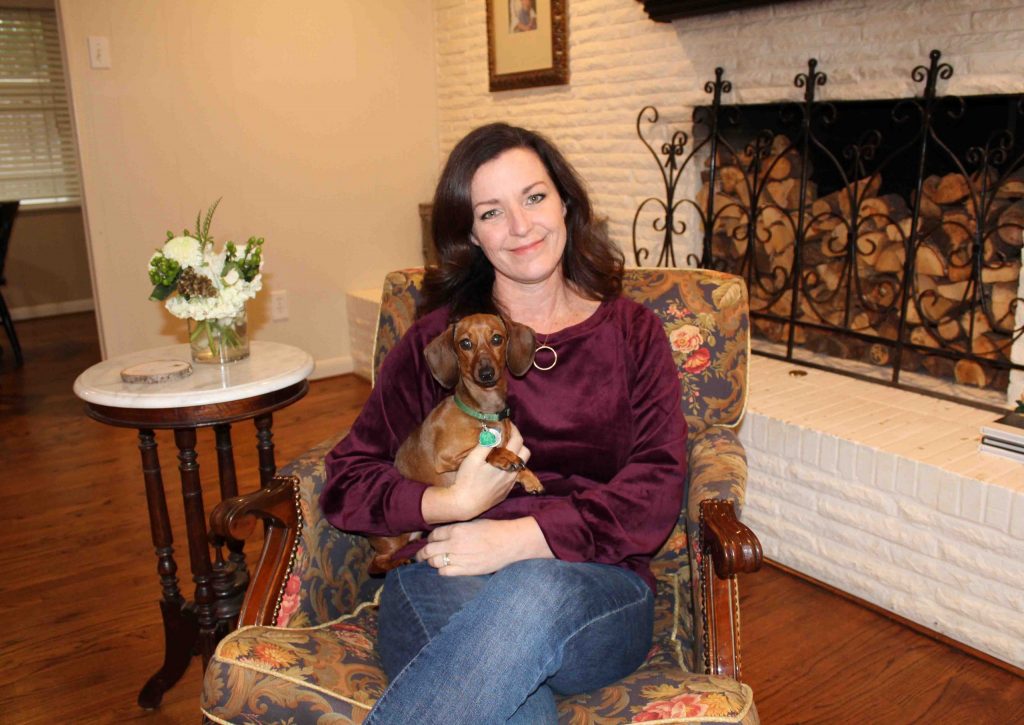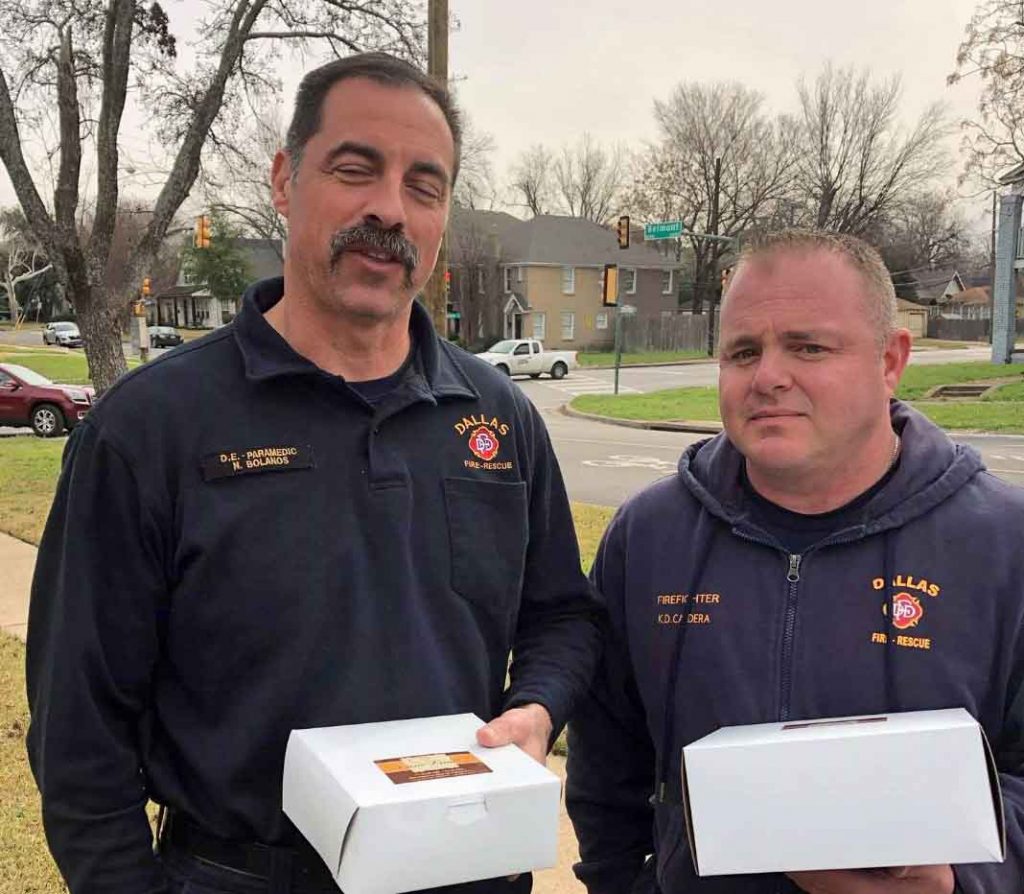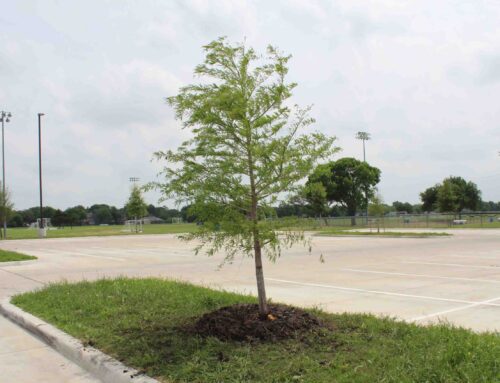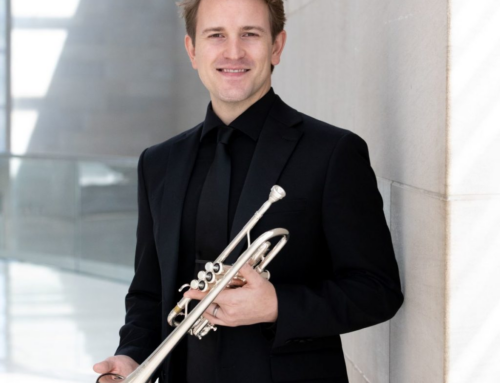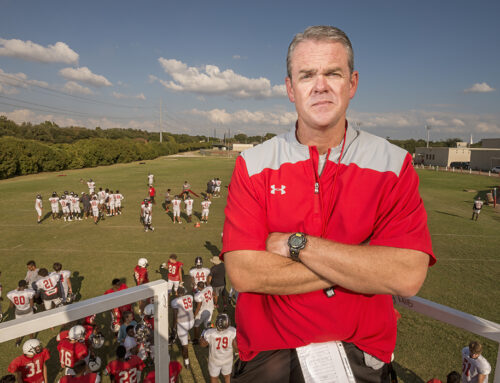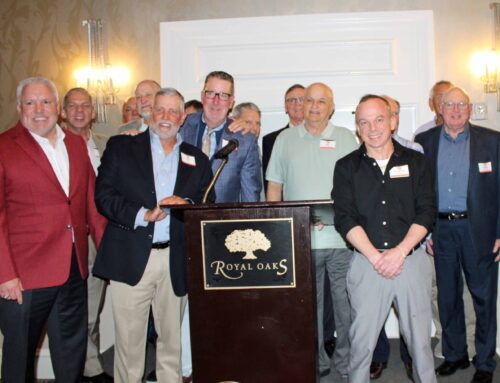After taking pictures of their son, Joe, and his friends before Lake Highlands High School’s Winter Formal in January, Virginia and Mike Krejci nestled into a booth at Gloria’s for dinner. The restaurant on lower Greenville has become their date night go-to over the years, and together they rehashed the ball gowns, the date matchups and the fun they were certain the kids must be having.
After dinner, Mike popped over to the nearby 7-11 while Virginia went to grab the car. When he came back outside, he saw Virginia in a heap in the middle of Matalee Avenue. She had collapsed, and passersby had called 911.
Paramedics, finished with another call nearby, arrived within 3 minutes and treated Virginia for sudden cardiac arrest. They used an automated external defibrillator (AED), carried on all ambulances, to re-establish her heart’s rhythm.
The collapse and the diagnosis were shocking, but in some ways it was déjà vu all over again. Joe had collapsed during track class at Lake Highlands Junior High in 2016. Coach Craig Titsworth sent two of his fastest runners to the front office that day, and Nurse Annie Young returned with the school’s AED machine. They used it to jump start Joe’s heart and save his life right there on the cinder track.
Virginia regained consciousness that night, but she can’t recall much after her first few bites of dinner. She knows onlookers suspected her collapse was due to alcohol – speculation which could have cost her life.
“Don’t think that,” she advises people who might encounter a similar situation. “My biggest takeaway is that people shouldn’t be afraid to touch someone. CPR doesn’t require breathing into someone’s mouth anymore. It’s just compressions to the rhythm of [the Bee Gees’ song] ‘Staying Alive.’ People wonder ‘Where do I push? How do I do it exactly?’ It doesn’t matter. Just keep them alive until paramedics arrive. The compressions send oxygen to the brain. People think you have to be certified and, yes, that’s a thing, but don’t be afraid to step up and touch someone.”
You can watch a video to learn the CPR technique below.
Virginia still isn’t cleared to drive, so her mom, Nancy, delivered cookies to Fire Station 17 first responders who’d saved her daughter’s life. The entire family is filled with gratitude.
“Statistics say neither Joe nor I should be here, because only one in ten people survive sudden cardiac arrest,” says Virginia. “It takes only a few minutes to kill brain cells. And I don’t have a scratch on me. My head hurts from hitting the pavement head-first, but I didn’t even nick my manicure.”
Like Joe, Virginia has been implanted with an internal cardiac defibrillator (ICD) and wakes up every day knowing today could be another crisis day. Joe has collapsed 3 more times since his initial cardiac arrest, but she tries not to live in fear.
“Being at home alone is worrisome, but I’m safe because the device will shock me back into rhythm. Youth directors and Young Life leaders ask, ‘How do we take care of Joe?’ and we say ‘He’s safer than the rest of you – if you have a heart attack, you don’t have a safety net.’”
Virginia admits, though, her days of marathons and Iron Man competitions are over.
“I’ve fallen in love with hot yoga,” she says, laughing. “I joined Hotworx and they have pilates, yoga and spin in a sauna-type environment.” She’s waiting for clearance from the doctor to continue, since the beta blockers she and Joe take make them occasionally lightheaded and unsteady on their feet.
Since his incident, Joe has served as an ambassador for Living for Zachary, a nonprofit founded by a family which lost their son to sudden cardiac arrest. The group does free heart screenings to catch unknown heart defects in students, and they raise money to install AEDs in public places. In honor of Joe, track coach Craig Titsworth and school nurse Annie Young, AEDs have been installed at Highlander School, Camp Sweeney for juvenile diabetics and Young Life.
Doctors still don’t know what caused Joe’s collapse, and they haven’t figured Virginia’s out, either. Daughter, Sara, a freshman at Stephen F. Austin State University, will be tested to see if she has inherited the trait.
“The tricky thing is we don’t have a diagnosis. We know it’s an electrical issue, not a plumbing issue. They think we share a gene related to adrenaline arrhythmia.”
Despite her own health concerns, Virginia worries about the four people who witnessed her collapse.
“They have no idea if I’m alive or dead,” she says. “Do they have PTSD? Are they wondering about that lady they saw on Greenville Avenue two weeks ago? I’d love to know the conversation they had before they dialed 911. And I’d love to encourage people to put aside their fear of beginning CPR to keep oxygen flowing to the brain.”
https://www.youtube.com/watch?v=O_49wMpdews
